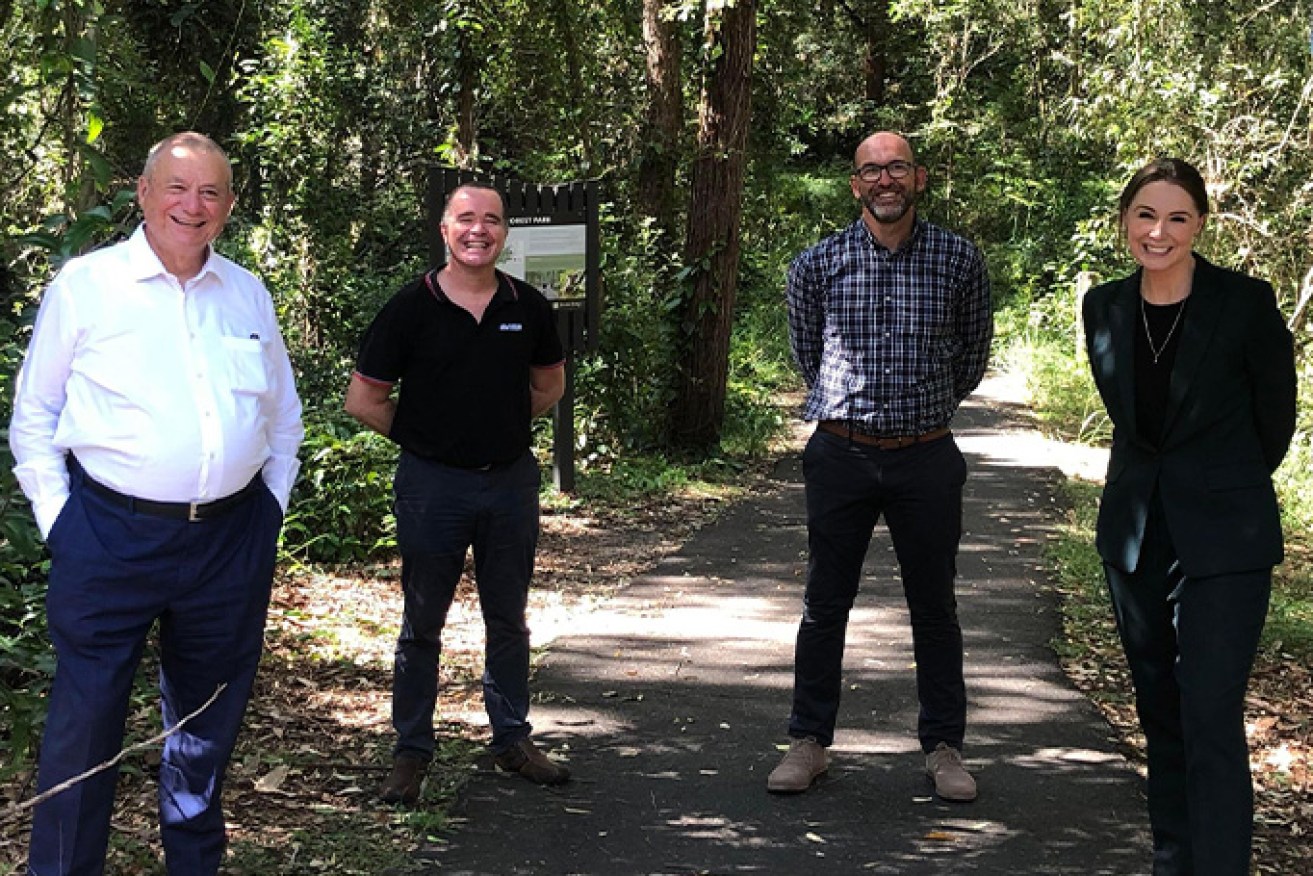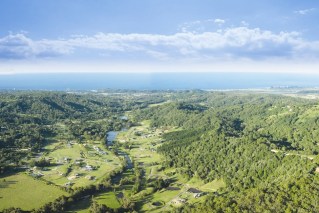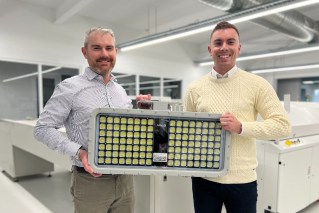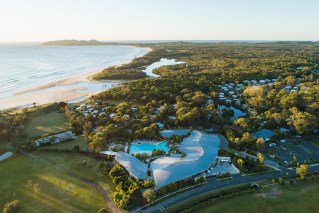
How DNA led Griffith researcher from Titanic to historic fields of battle
It’s often assumed that scientists get to chalk up some amazing travel experiences for their work in the field.

The assumption is certainly correct for Griffith University’s Associate Professor Carney Matheson, whose research into degraded molecules including ancient DNA, protein and residue has taken him from tombs in Jerusalem, to the north of France to identify WW1 missing soldiers, to analyse remains from the Titanic, to the icy slopes between Austria and Italy where the murder of iceman Otzi’s remains an unsolved mystery.
As an applied analytical biochemist, forensic scientist and archaeologist, Associate Professor Matheson, from Griffith’s School of Environment and Science and Australian Research Centre for Human Evolution, travelling to a range of dramatic locations is a small bonus in a much larger and more rewarding journey to unravelling the secrets that ancient molecules hold.
“There are a couple of reasons why this research is exciting, the first, like so many people, is solving a mystery and the second, is to retrieve lost information. As molecules degrade information is lost, if we can retrieve these degraded molecules, we may be able to retrieve some of this lost information.”
Associate Professor Matheson studied anthropology, archaeology, ancient history and classics and biochemistry at the University of Queensland, where he also completed a PhD on the Mayan archaeological site of Copan in Honduras, conducting excavations and analysing ceramic residues and ancient DNA.

Griffith University’s Associate Professor Carney Matheson.
Postdoctoral research saw him relocate to the Kuvin Centre for Tropical and Infectious Disease at the Hebrew University and Hadassah Hospital and Medical School, studying ancient diseases, archaeology and forensic wildlife biology. Associate Professor Matheson then moved to Lakehead University, Thunder Bay, Canada where he was involved in setting up the paleo-DNA Laboratory, a world class facility for the study of ancient and degraded DNA which is also accredited for forensic casework.
“One of the first studies undertaken in Canada was analysing the remains from the unknown child, who was recovered from the Titanic and buried in Halifax, Canada. As part of a large team of forensic scientists, anthropologists and historians lead by Dr Ryan Parr it was completed in 2011 and published in the journal Forensic Science International Genetics.
“I’ve since been invited to analyse the residues of the tools of Ötzi the iceman to try and identify aspects of the iceman’s life and possibly death. This work is set to be completed this year.”

Image: Unsplash
Now he’s getting his hands dirty in a different way – for a citizen science program that will analyse koala scats, or droppings, to establish a long-term koala DNA database to provide vital information for future research into the iconic Australian species.
The project, ‘Citizen Scientist Monitoring and DNA Profiling Koala Populations’, led by Griffith University and the EcoCentre, received $15,000 from the Office of the Queensland Chief Scientist’s latest round of Engaging Science Grants program to monitor and map koala movements and their ‘family trees’.
Queensland high school students will be able to visit Associate Professor Matheson and the research team at Griffith’s Nathan campus in the heart of Toohey Forest, where they will learn about ecology, environmental monitoring and molecular biology, by spotting, photographing, mapping and recording koalas, collecting koala droppings, or scats, and performing DNA profiling.
As the project develops, members of the public will also be able to photograph and document where they have seen a koala, collect a scat, send it to the laboratory for analysis.
Associate Professor Matheson said the DNA analysis techniques were well established at Griffith University and while there are many researchers performing great research on koala there was no existing long-term citizen science koala DNA program operating in Australia.
“Providing a project that will not only support the learning of high school students but also increase the knowledge we have about our koala populations is a win-win opportunity,” A/Professor Matheson said.
“Developing koala ‘family trees’ will contribute to understanding their relationships, movement and territorial patterns. This data would go into a database, which over time will grow big enough to provide a tool for researchers to interpret the data to establish monitoring programs and koala management practices that if there was enough interest could be expanded to any area of Queensland or Australia.”
While building a database of koala DNA is sure to keep Associate Professor Matheson busy for the foreseeable future, there is no end in sight to work he is so passionate about, with even more deep-dive research into ancient mysteries on the horizon.

















